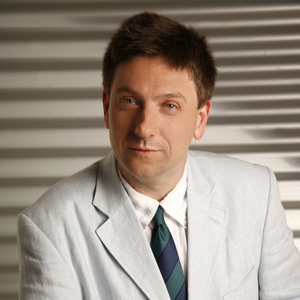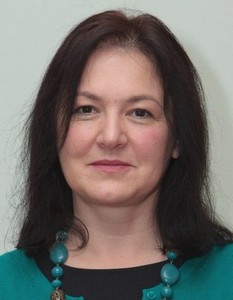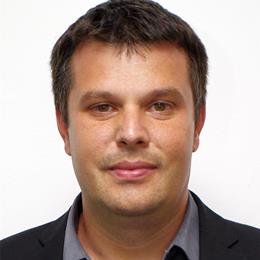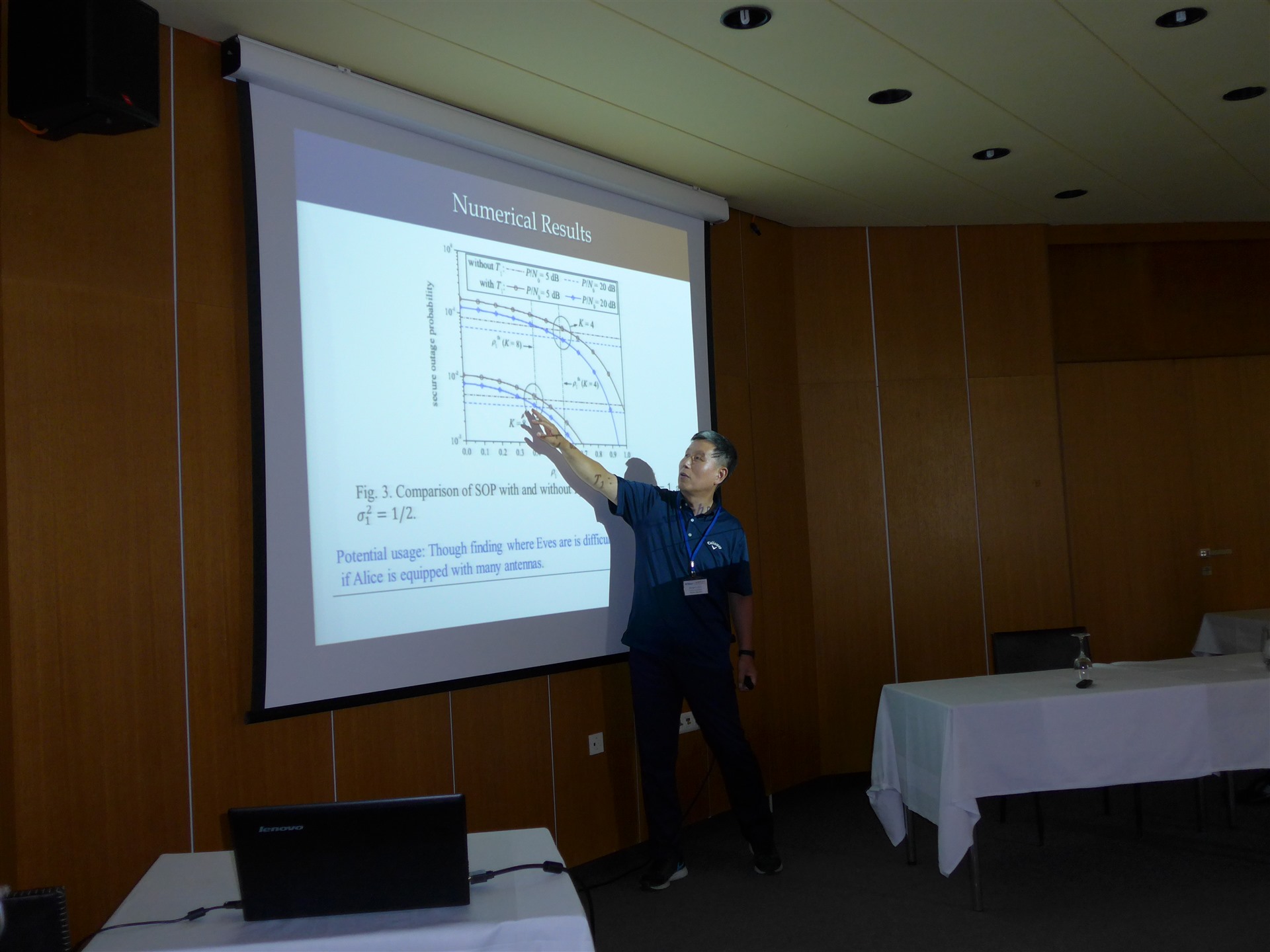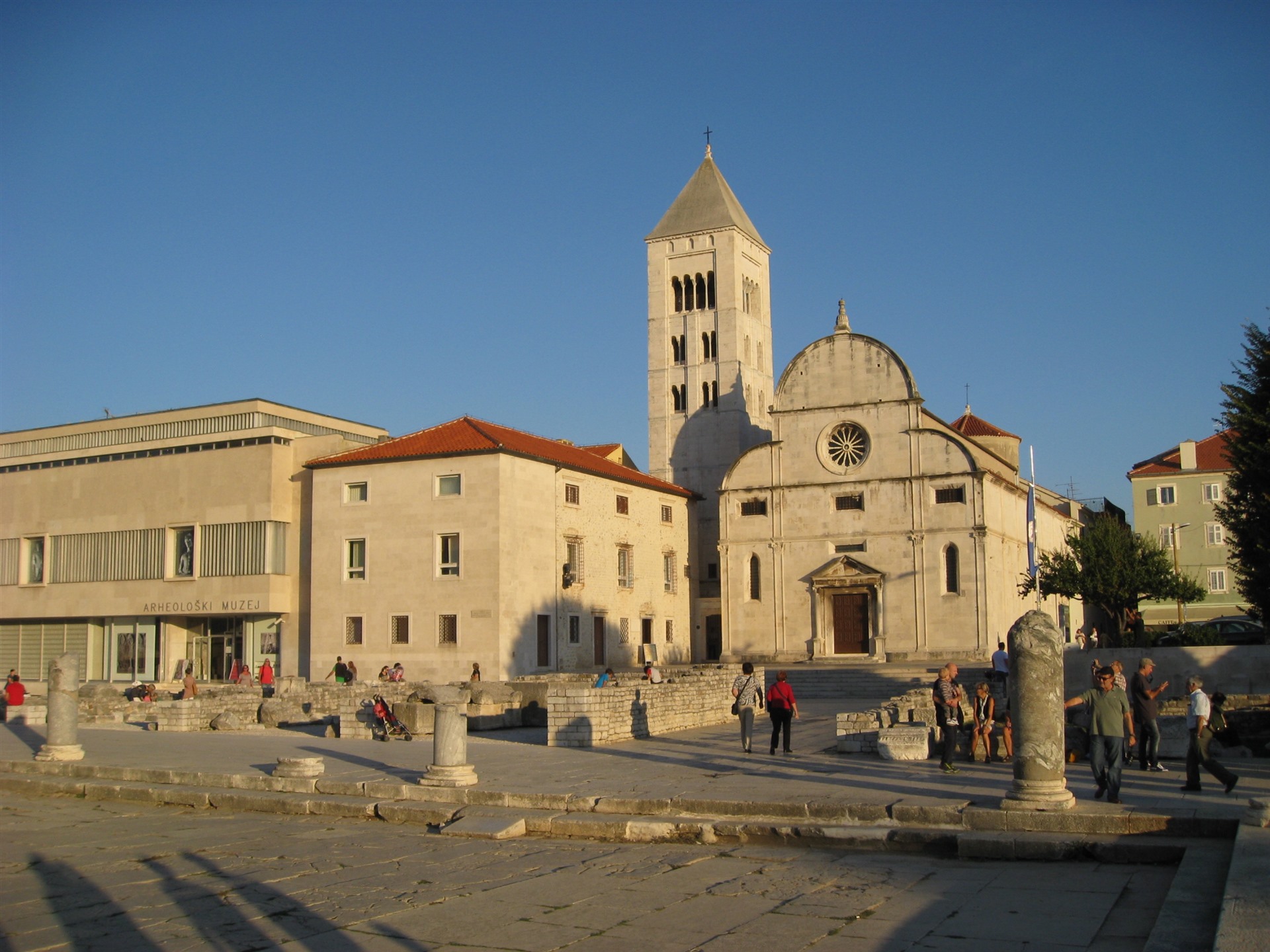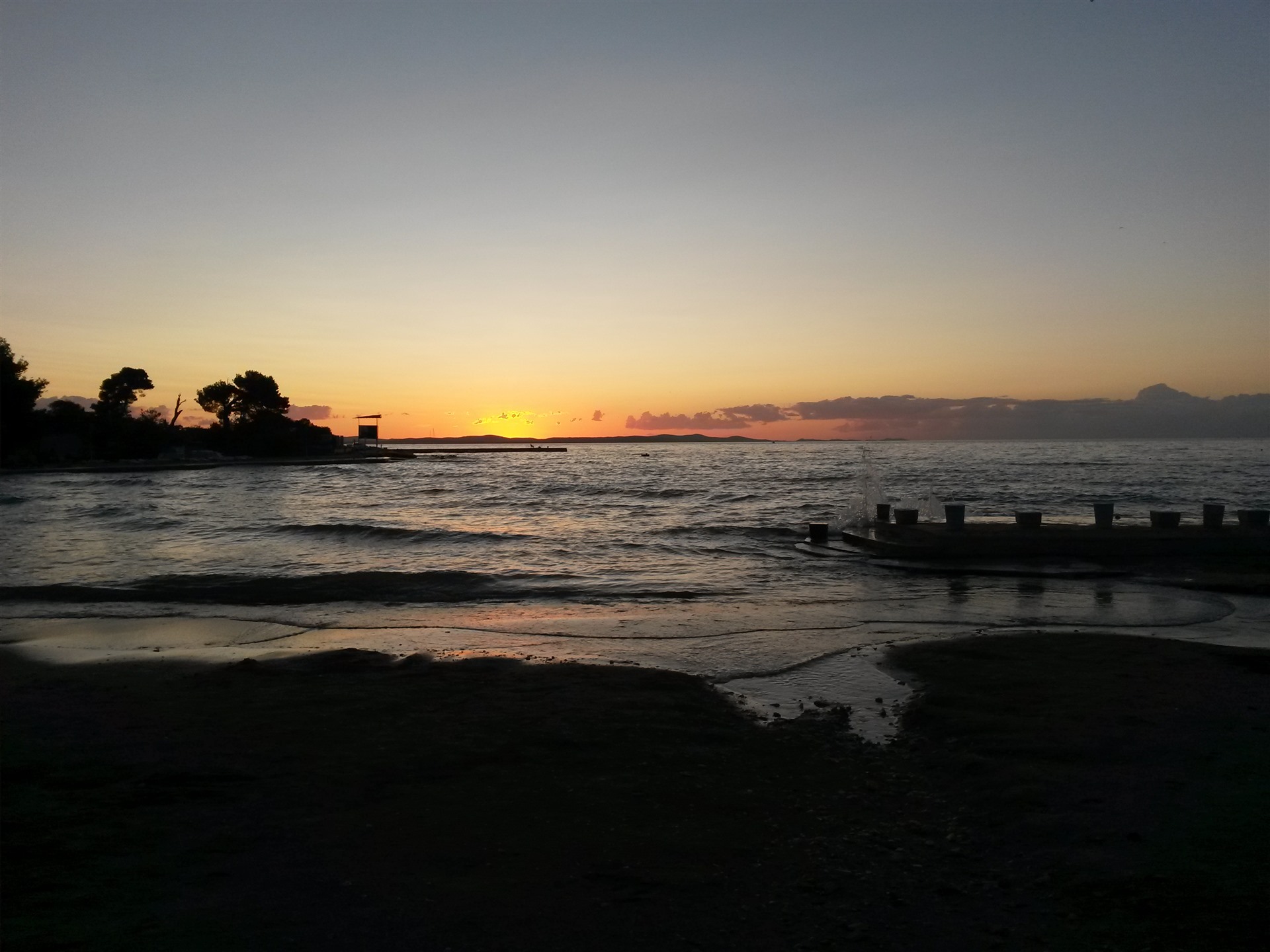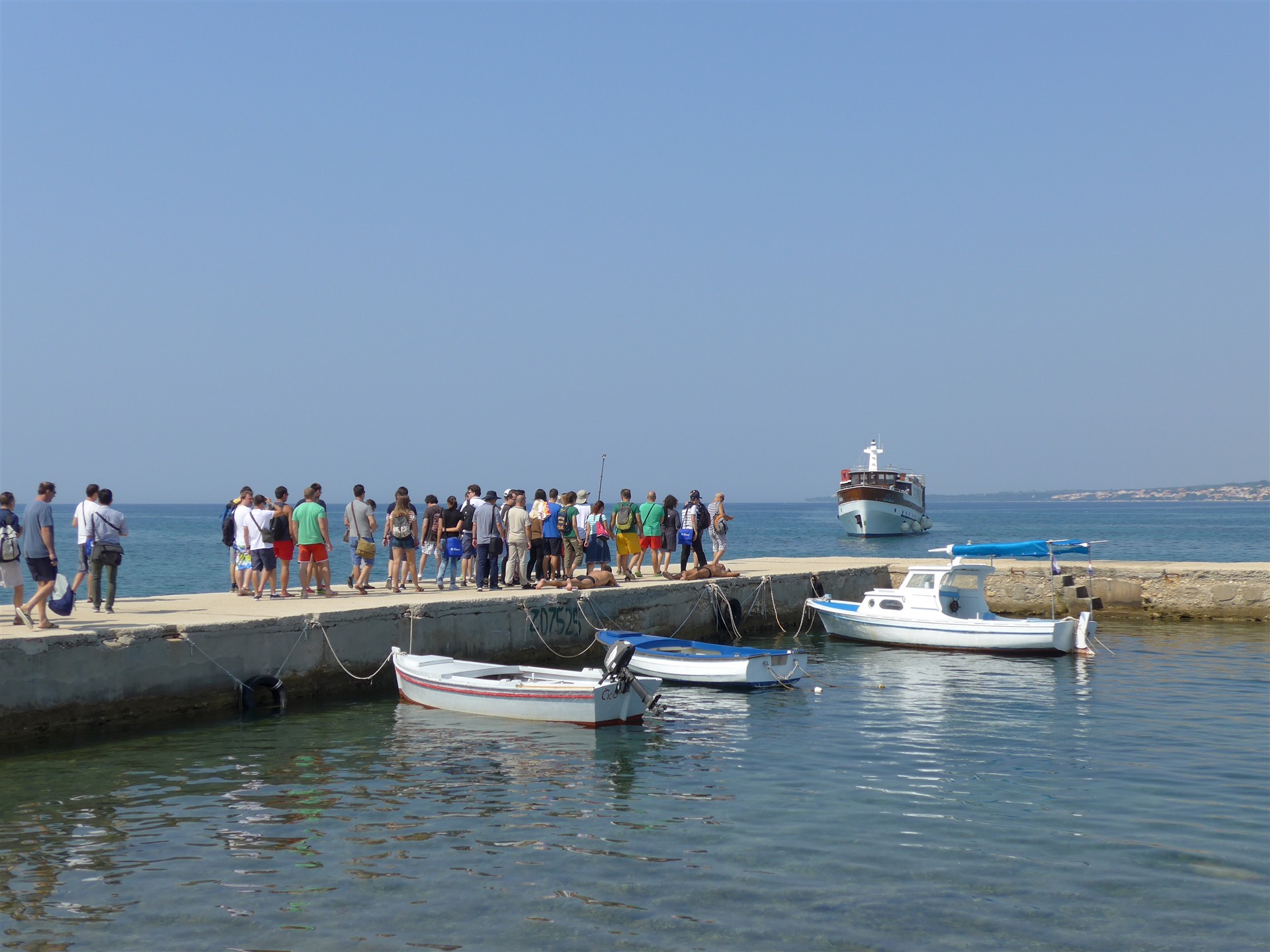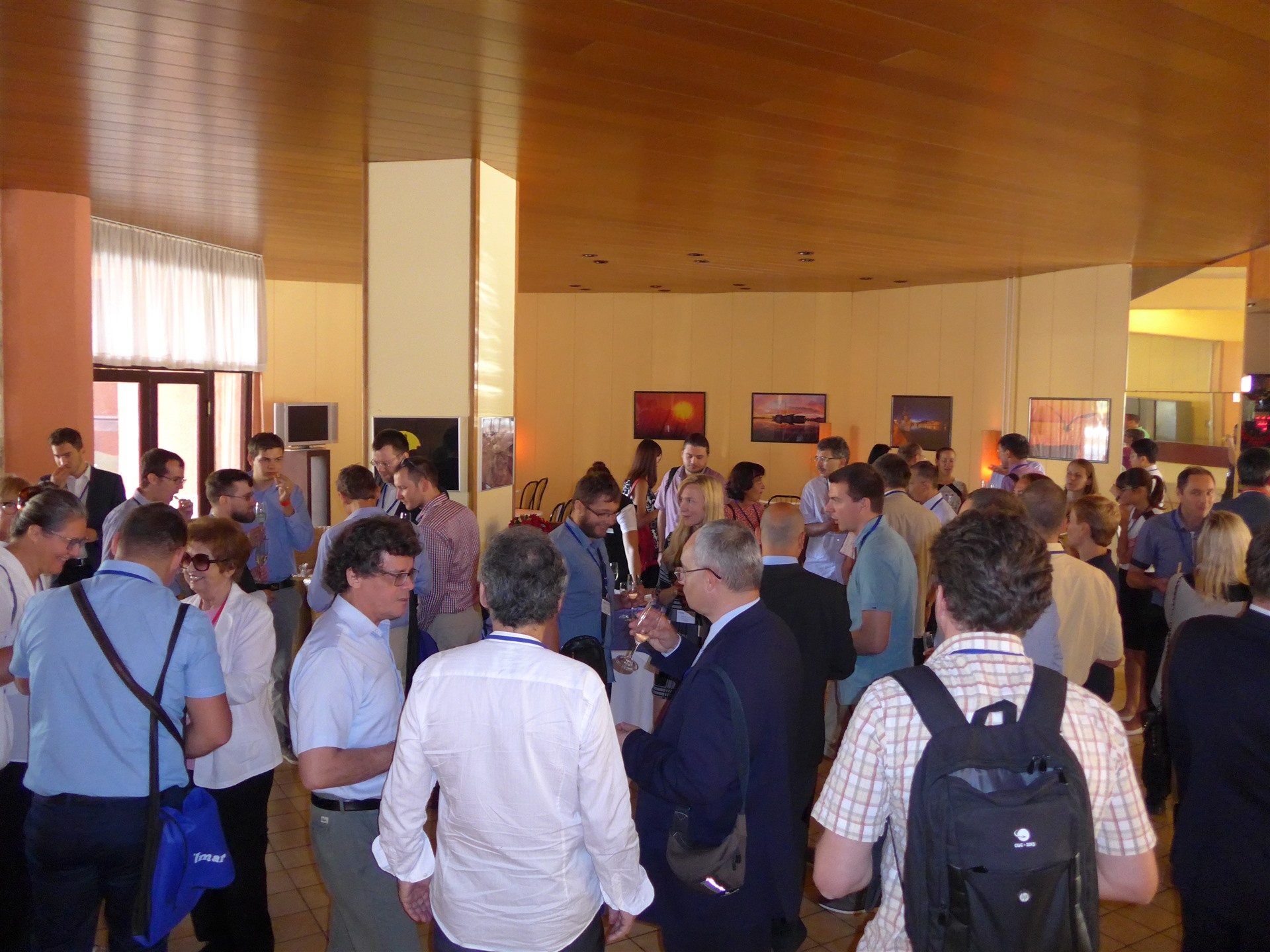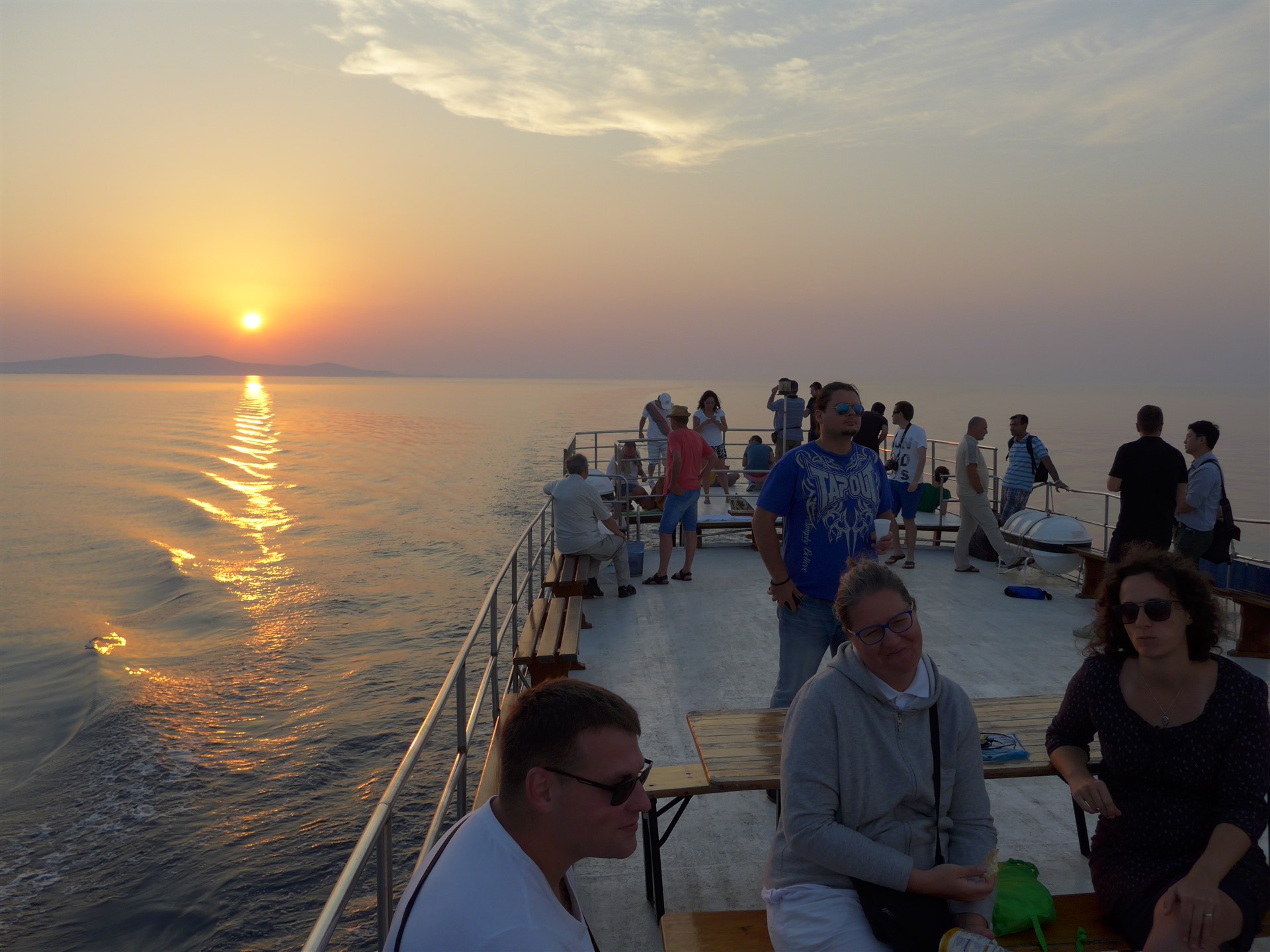General Chair
Branka Zovko-Cihlar, University of Zagreb, Croatia
General Co-Chair
Mislav Grgić, University of Zagreb, Croatia
Program Chair
Mario Muštra, University of Zagreb, Croatia
Publication Chair
Dijana Vitas, Croatia
Web Chair
Josip Vuković, Croatia
Venue Organizing Chair
Jelena Božek, Croatia
Secretary
Vladimir Roboz, Croatia
Program Committee
Juraj Bartolić, Croatia
Narcis Behlilović, Bosnia and Herzegovina
Jelena Božek, Croatia
Aura Conci, Brasil
Marek Domanski, Poland
Janusz Filipiak, Poland
Borko Furht, USA
Mohammed Ghanbari, United Kingdom
Dušan Gleich, Slovenia
Mislav Grgić, Croatia
Sonja Grgić, Croatia
Yo-Sung Ho, Korea
Bernhard Hofmann-Wellenhof, Austria
Ebroul Izquierdo, United Kingdom
Aggelos K. Katsaggelos, USA
Ana Katalinić Mucalo, Croatia
Ismail Khalil, Austria
Tomislav Kos, Croatia
Murat Kunt, Switzerland
Igor Kuzle, Croatia
Panos Liatsis, UAE
Rastislav Lukac, Canada
Lidija Mandić, Croatia
Branka Medved Rogina, Croatia
Borivoj Modlic, Croatia
Marta Mrak, United Kingdom
Mario Muštra, Croatia
Zdeněk Němec, Czech Republic
Miloš Oravec, Slovakia
Jarmila Pavlovičová, Slovakia
Fernando Pereira, Portugal
Irena Petrijevčanin Vuksanović, Croatia
Jan Pidanič, Czech Republic
Peter Planinšič, Slovenia
Pavol Podhradský, Slovakia
Kamisetty R. Rao, USA
Darko Ratkaj, Switzerland
Fabiana Rodrigues Leta, Brasil
Gregor Rozinaj, Slovakia
Markus Rupp, Austria
Gerald Schaefer, United Kingdom
Shiguang Shan, China
Thomas Sikora, Germany
Karolj Skala, Croatia
Ryszard Stasinski, Poland
Luis Torres, Spain
Frantisek Vejrazka, Czech Republic
Dijana Vitas, Croatia
Stamatis Voliotis, Greece
Josip Vuković, Croatia
Krzysztof Wajda, Poland
Branka Zovko-Cihlar, Croatia
International Review Committee
Winton Afrić, Croatia
Codruta Ancuti, Italy
Goran Bakalar, Croatia
Sanja Bauk, Montenegro
Alen Begović, Bosnia and Herzegovina
Narcis Behlilović, Bosnia and Herzegovina
Marko Bosiljevac, Croatia
Jelena Božek, Croatia
Miloš Brajović, Montenegro
Jasmina Čaušević, Croatia
Emil Dumić, Croatia
Juraj Fosin, Croatia
Irena Galić, Croatia
Branimir Ivšić, Croatia
Juraj Kačur, Slovakia
Ana Katalinić-Mucalo, Croatia
Jan Kufa, Czech Republic
Hrvoje Leventić, Croatia
Časlav Livada, Croatia
Sadko Mandžuka, Croatia
Marta Mrak, United Kingdom
Mario Muštra, Croatia
Zdeněk Němec, Czech Republic
Miloš Oravec, Slovakia
Jarmila Pavlovičová, Slovakia
Juraj Petrović, Croatia
Jan Pidanič, Czech Republic
Pavol Podhradský, Slovakia
Michal Reznicek, Czech Republic
Renata Rybárová, Slovakia
Gregor Rozinaj, Slovakia
Markus Rupp, Austria
Tomás Shejbal, Czech Republic
Mladen Sokele, Croatia
Isidora Stanković, Montenegro
Zvonimir Šipuš, Croatia
Namir Škaljo, Bosnia and Herzegovina
Dijana Vitas, Croatia
Mario Vranješ, Croatia
Josip Vuković, Croatia
Radovan Zentner, Croatia
Branka Zovko-Cihlar, Croatia
Organising Committee
Jelena Bozek, Croatia
Mislav Grgić, Croatia
Mario Muštra, Croatia
Dijana Vitas, Croatia
Josip Vuković, Croatia
elmar2019@fer.hr

